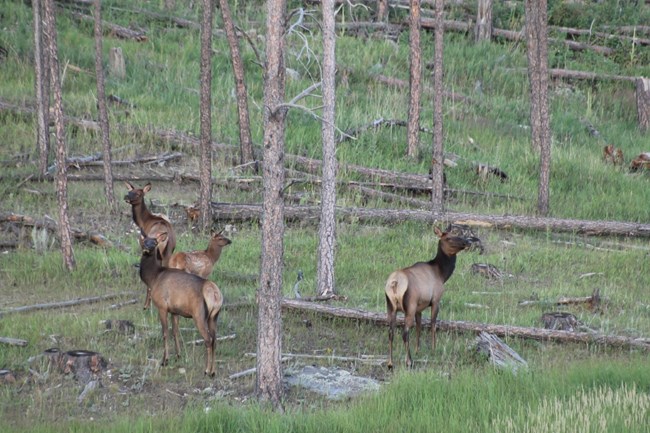
NPS Photo 
NPS/ Neal Herbert Cervus candensis
Size and description

NPS/ Quentin Bucker
Diet
Interactions with other animals
|
Last updated: January 10, 2024

NPS Photo 
NPS/ Neal Herbert Cervus candensis
Size and description

NPS/ Quentin Bucker
Diet
Interactions with other animals
|
Last updated: January 10, 2024